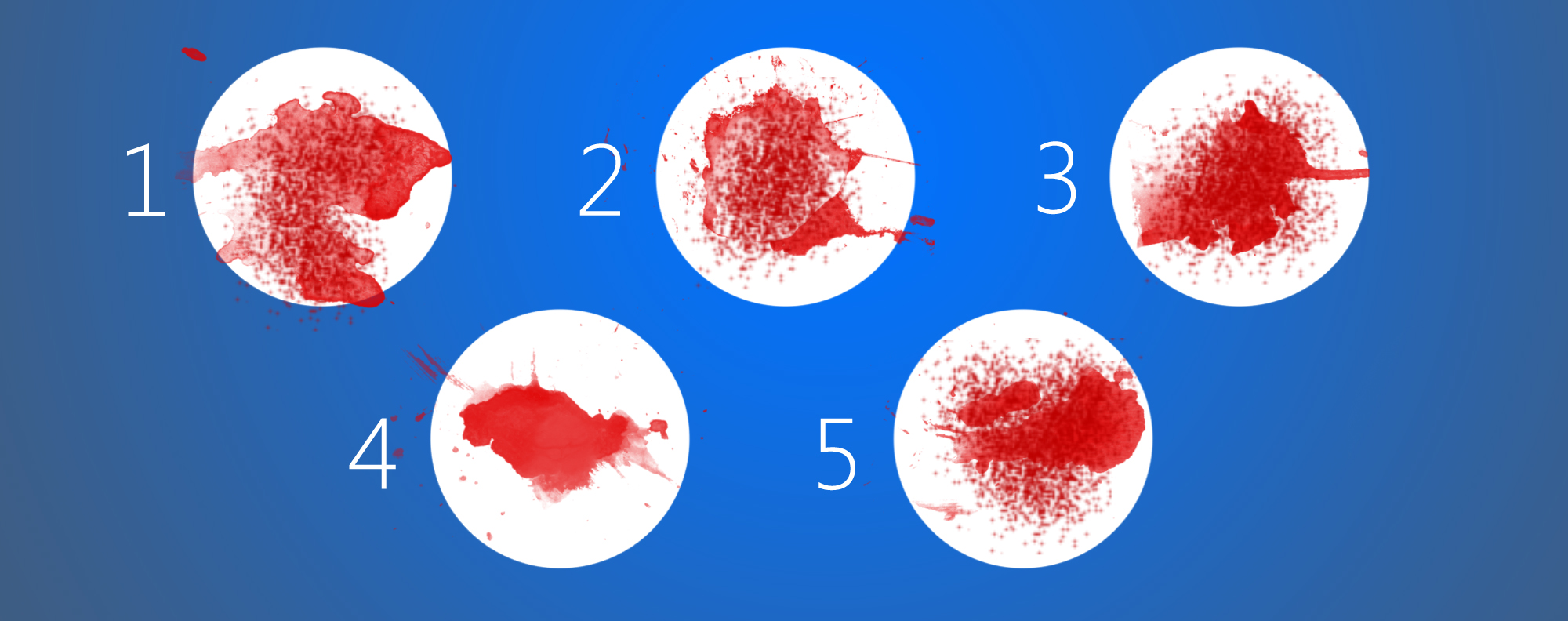WBR0346
| Author | [[PageAuthor::Rim Halaby, M.D. [1] (Reviewed by Alison Leibowitz)]] |
|---|---|
| Exam Type | ExamType::USMLE Step 1 |
| Main Category | MainCategory::Microbiology |
| Sub Category | SubCategory::General Principles |
| Prompt | [[Prompt::A researcher, studying the variability of viral envelopes and their function in viral pathogenesis, attempts to identify viruses by the properties of their envelopes. He mixes lysates of cells, infected with 5 different viral species, with sheep red blood cells and obtains the grid shown below. Which of the following viruses is most likely represented in cell 4? |
| Answer A | AnswerA::Measles virus |
| Answer A Explanation | AnswerAExp::The measles virus envelope contains hemagglutinin and would cause RBCs to agglutinate. |
| Answer B | AnswerB::Mumps virus |
| Answer B Explanation | AnswerBExp::The mumps virus envelope contains hemagglutinin and would cause RBCs to agglutinate. |
| Answer C | AnswerC::Influenza virus |
| Answer C Explanation | AnswerCExp::The influenza virus envelope contains hemagglutinin and would cause RBCs to agglutinate. |
| Answer D | AnswerD::Parainfluenza virus |
| Answer D Explanation | AnswerDExp::The parainfluenza virus envelope contains hemagglutinin and would cause RBCs to agglutinate. |
| Answer E | AnswerE::Herpes virus |
| Answer E Explanation | AnswerEExp::The herpes virus envelope lacks hemagglutinin, thus showing a lack of sheep RBC agglutination. |
| Right Answer | RightAnswer::E |
| Explanation | [[Explanation::Hemagglutinin, a type of glycoprotein, is found on the surface of many viruses including measles, mumps, influenza, and parainfluenza. Hemagglutinin allows a virus to bind to tissue, determines its tropism, and when examined in vitro, has the ability to agglutinate red blood cells. Although not all hemagglutinins are the same, each has a different binding target and function, they all are able to agglutinate red blood cells. The most studied type of hemagglutinin is the inflenza virus hemagglutinin, which binds to sialic acid and determines the viral strain (subtypes are named H1 through H18). Educational Objective: Hemagglutinin, a type of glycoprotein found on the surface of many viruses including measles, mumps, influenza, and parainfluenza, has the ability to agglutinate RBCs. |
| Approved | Approved::Yes |
| Keyword | WBRKeyword::hemagglutinin, WBRKeyword::measles, WBRKeyword::mumps, WBRKeyword::influenza, WBRKeyword::parainfluenza, WBRKeyword::red blood cells, WBRKeyword::RBC, WBRKeyword::virus |
| Linked Question | Linked:: |
| Order in Linked Questions | LinkedOrder:: |
